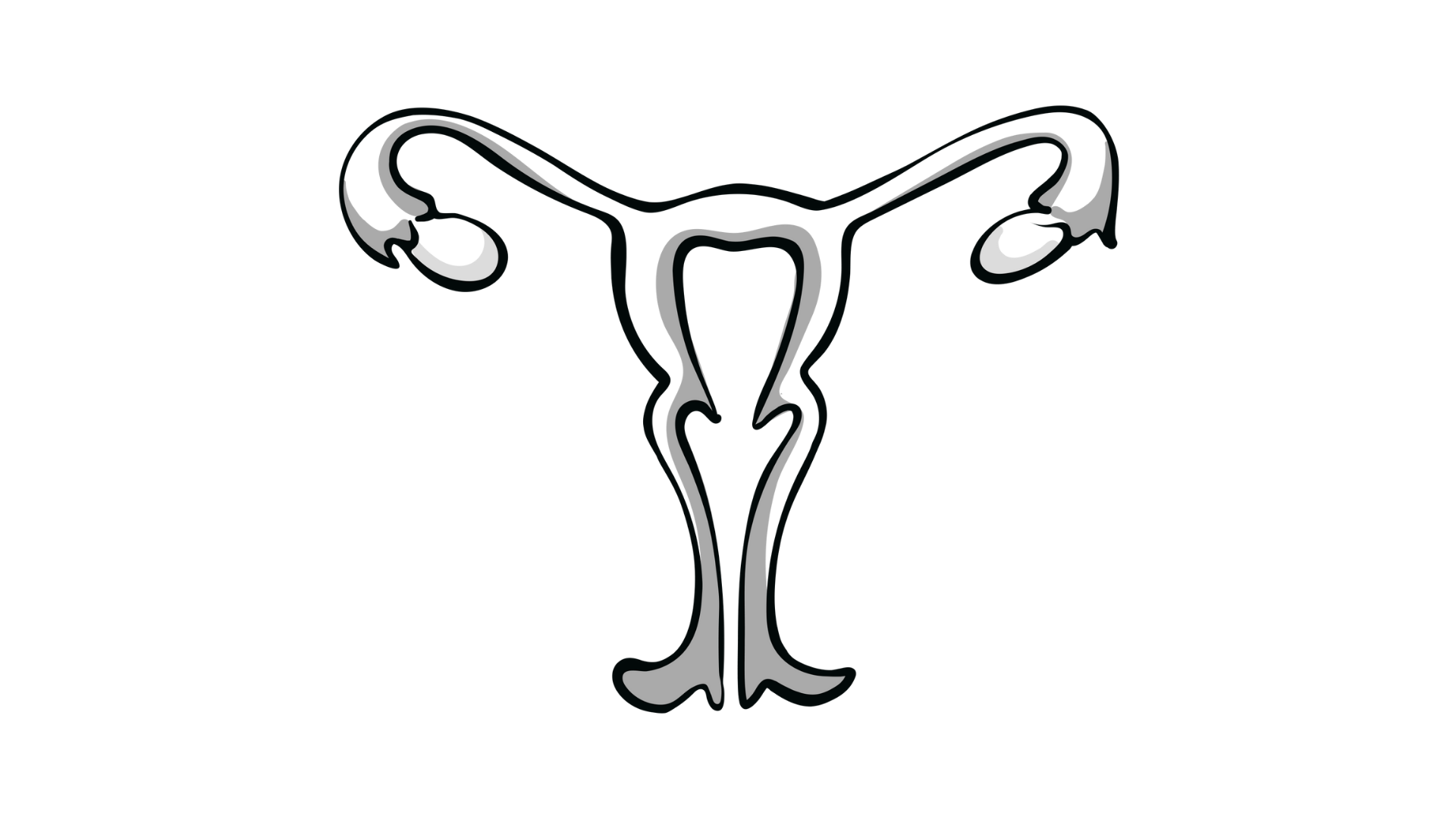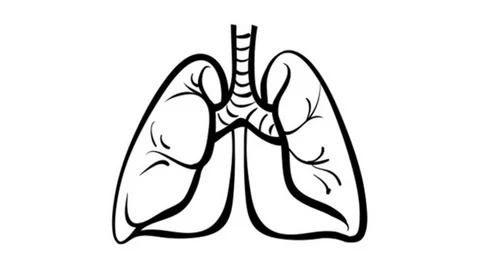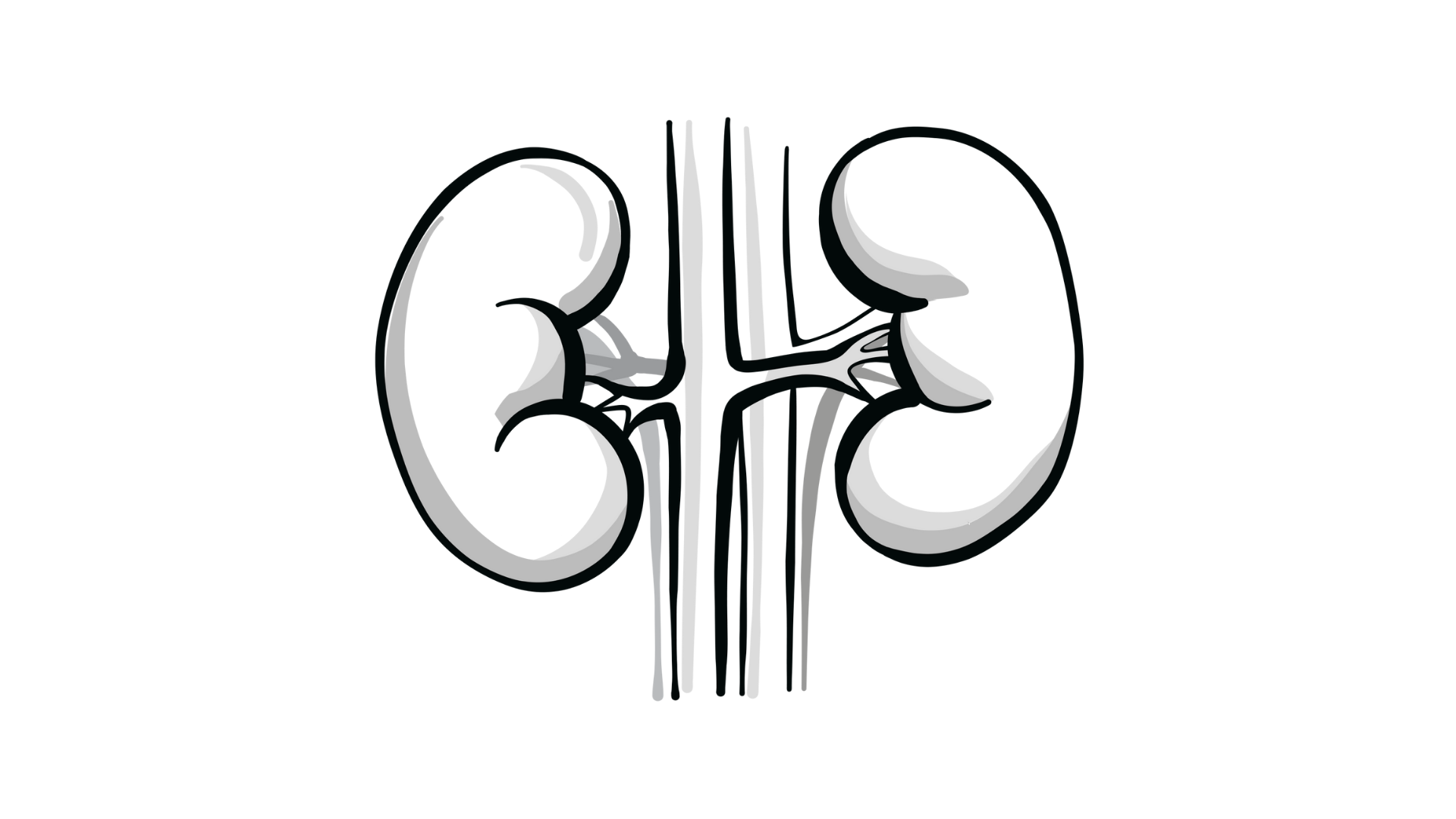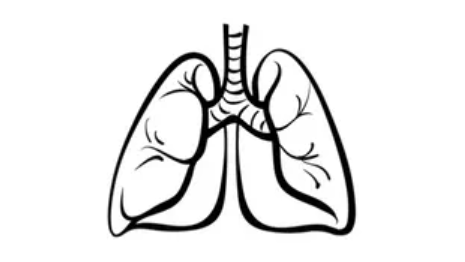DiSilvestro Looks at PARP Inhibition as First-Line Maintenance Therapy in Advanced Ovarian Cancer
During a Targeted Oncology™ Case-Based Roundtable™ event, Paul D. DiSilvestro, MD, discussed the key trials supporting the use of PARP inhibitor maintenance therapy for patients with advanced ovarian cancer.
Paul D. DiSilvestro, MD
Director, Program in Women’s Oncology
Women & Infants Hospital of Rhode Island and Care New England Health System
Division director, Gynecologic Oncology
Department of Obstetrics and Gynecology
Warren Alpert Medical School of Brown University
Providence, RI

Targeted OncologyTM: Could you discuss the SOLO-1 trial (NCT01844986) of olaparib (Lynparza) in patients with ovarian cancer and its initial results?
DISILVESTRO: This trial was olaparib maintenance after first-line chemotherapy, and this was a 2:1 randomization of olaparib vs placebo for up to 2 years or until progression or toxicity. The primary investigator-assessed outcome was progression-free survival [PFS]. The secondary outcomes were overall survival [OS], time to first subsequent therapy or death, and some other end points.
So 391 patients were randomly assigned.1 Most patients had [no evidence of disease at enrollment]. About 80% had a complete response to primary treatment prior to entering the trial. If we look at the baseline characteristics, the vast majority had stage III disease, and the majority were BRCA1-positive, otherwise had good performance status, and had received 6 cycles of chemotherapy up front. The results of the SOLO-1 trial at the initial presentation showed there was a 70% reduction in the risk of progression or death for women given olaparib vs the placebo.
If you look closely at the [Kaplan-Meier] curves, there is a separation in the curves that begins early, and once they hit the 2-year treatment cap, we see a persistence in the separation. Physicians have wondered if 2 years is enough. I think what we’ve seen is that it creates the difference by the time they’re 2 years out and you maintain the difference going forward. That’s the basis for maintaining that 2-year cap.
What were the outcomes of more recent analyses from this trial?
If we look at the subgroup analysis, above and beyond [Kathleen N. Moore, MD, MS’s] presentation, there have been some further looks into subsets.2 The bottom line is it doesn’t matter what you look at. Every single subset or question you can think about from a stratification perspective favors olaparib vs placebo, so there is a pretty convincing argument that there is not a subset of patients within this context that would not benefit from olaparib.
I had the opportunity to present the OS data at the 2022 European Society for Medical Oncology Annual Meeting for 7 years of follow-up.3 We had 88 months of follow-up in both arms of the trial; the median OS was not yet reached in the olaparib arm and was 75 months in the placebo arm, [translating to] a 45% reduction in the risk of progression or death, with a P value of .0004. [This result was] not significant. The target was set at [a P value of] .0001. The OS end point in this study was only at 38% data maturity, and the OS statistically is determined to occur at 60%. We have a long way to go until the prespecified OS end point, but 67% of patients were alive in the olaparib arm vs 46% in the placebo arm.
I think the key data to look at is the time to first subsequent therapy; if you look at those data, 46% in the olaparib arm have yet to ever receive a second therapy at 7 years out vs 20% in the placebo arm. We’re not technically allowed to use the word cure [in this treatment setting], but that shows us the potential for doing so at 7 years out.
[In terms of] adverse events [AEs], patients hadn’t been treated for 5 years so there’s not an increase in the AEs per se.4 There was 1 additional patient in each arm who experienced myelodysplastic syndrome or acute myeloid leukemia. Overall, the rate is low, less than 2%.
What results were seen in the PRIMA trial (NCT02655016) of niraparib (Zejula)?
[The PRIMA trial] was investigating niraparib vs placebo as maintenance. Patients could [enroll if they were treated in the] neoadjuvant setting. There were complete or partial responders, and their HRD status was followed but they were not required to be HRD-positive going into the trial. The primary end point was going to be PFS in the HRD-positive as well as the intention-to-treat [ITT] population along with some other key outcome data.
When we look at the data, it showed that there was a significant reduction in PFS in both the HRD-positive as well as the ITT populations.5 Another thing that came out of the PRIMA study, based on some data determined from NOVA [NCT01847274], was this idea of fixed vs individualized dosing. In the PRIMA study, individualized dosing was allowed. The benefit was seen regardless of the individual 200- or 300-mg daily dosing. That was reevaluated in the PRIME study [NCT03709316], which was another study where individualized dosing was utilized. And, again, a benefit was seen across the different treatment profiles in terms of HRD status utilizing individualized starting dosing.
If we look at the PRIMA original outcomes in the ITT population, there was a 5-month benefit overall. In the HRD population, there was approximately an 11.5-month benefit with a 57% reduction in the risk of progression.5
The breakdown within the HRD group showed there was a slightly longer benefit in the BRCA-mutated arm but with a more profound hazard ratio, with a 60% reduction in the risk of progression or death in the BRCA subgroups.5,6
If we look at the homologous recombination proficient subgroup alone, that benefit was only about 3 months. For PFS by subgroup, there were a couple of different findings [where the upper bound of the hazard ratio] crossed that bar of 1.00, mainly patients with stage IV disease and those whose homologous recombination status was not determined, but for the most part every different strata benefited from niraparib.5
What are the most recent developments from this trial?
There was a recent presentation at the European Society for Medical Oncology Annual Meeting in 2022 that updated the long-term PFS.7 There were some minor changes in the overall numbers, but in terms of the HRs for reduction of risk of progression or death, they’re relatively similar except when you look at the HRD population overall.
There was a bit of a longer PFS but ironically a higher HR, although there was clearly a benefit in this population. The OS data are not yet mature. There was an initial presentation in 2020 but the event rates were low, and, at this point, they have not made any definitive conclusions for OS for PRIMA.
What is known about the safety of this maintenance regimen?
We learned a lot about safety with niraparib. We were aware of the anemia, nausea, and thrombocytopenia but also…there was 1 case of myelodysplastic syndrome in the niraparib arm after 9 months of niraparib treatment, which makes you wonder if…that’s related to chemotherapy as opposed to niraparib.6
There was the PRIME study that looked at the individualized starting dosing. This was primarily performed in China and this randomly assigned patients to niraparib vs placebo but allowed for the utilization of the individualized starting dosing. When we look at the HRD-positive outcome, for PFS, the hazard ratio was 0.39, or a 61% reduction in the risk of progression, and overall there was a statistically significant benefit with a reduction in progression of 32%.8 If you look at the individualized starting dose, [it appears] similar overall in terms of rates of leukopenia, but there was a reduction in some of the AEs as it relates overall in terms of thrombocytopenia, anemia, and neutropenia. Utilizing the starting dose as described, it still maintains a statistical significance.
What did the PAOLA-1 trial (NCT02477644) show about PARP inhibitor maintenance?
This was a trial randomly assigning patients who had received bevacizumab [Avastin] during primary therapy, [to] either olaparib [Lynparza] or placebo. The addition of olaparib or placebo was for 24 months. The primary outcome variable was PFS from the time of randomization with some other secondary end points. The nuance is that bevacizumab was technically only required to have been administered in 2 cycles prior to randomization.
If we look at the patient characteristics, there was a fair proportion with stage IV disease.9 A lot of patients that were on this trial were treated in Europe, where there is an indication for the use of bevacizumab in high-risk patients, so you have a population where this would have been utilized. Other baseline characteristics were well balanced between the arms. If we look at the PFS outcome overall in the ITT population, the hazard ratio for progression or deaths was 0.59 favoring olaparib vs placebo in addition to bevacizumab.9
[These data show why we are] only doing this in HRD-positive patients. For HRD-positive patients who had tumor BRCA mutations, the hazard ratio for PFS is 0.33. For those who are HRD positive but did not have tumor BRCA mutations, the hazard ratio was 0.43. And, if they were homologous recombination proficient [HRP] or HRD status unknown, the HR was 0.92, not statistically significant.
That was the rationale behind why this is indicated only in HRD patients as frontline maintenance. But you had to have already started the patient on bevacizumab and…there are many practitioners who don’t necessarily utilize bevacizumab in the frontline setting. If we look at the different subgroup analyses, [the confidence interval for] tumor HRD status of negative or unknown crosses 1.00, meaning it was not significant. Otherwise, in terms of the BRCA mutation status and HRD, those remain significant.
What recent analyses were presented for this trial?
There was a presentation at the 2022 European Society for Medical Oncology Annual Meeting looking at the OS data for the PAOLA-1 trial.10 The median OS for the BRCA-mutated patients was 75.2 months in the combination arm vs [66.9] months in the placebo arm, yielding a hazard ratio of 0.60 [95% CI, 0.39-0.93]. If you look at the HRD-positive patients excluding BRCA-mutated, you had a not-yet-reached median OS vs 52.0 months and a hazard ratio of 0.71, but [the upper bound of the confidence interval] crosses 1.00 [95% CI, 0.45-1.13].
In the HRP group, there was no benefit in the olaparib arm vs placebo; that pushes back toward the fact that BRCA mutation as a prognostic variable suggests an OS benefit that’s significant. We did not see the significance in the HRD [group] that was not BRCA-mutated. AEs were common to what we [expect].9 If bevacizumab is in the mix, we have the additional toxicities of hypertension and proteinuria, which are common in the use of bevacizumab. Overall, in the combination arm, they had a 20% discontinuation rate based on toxicity vs 6% in the placebo arm with bevacizumab.
REFERENCES
1. Moore K, Colombo N, Scambia G, et al. Maintenance olaparib in patients with newly diagnosed advanced ovarian cancer. N Engl J Med. 2018;379(26):2495- 2505. doi:10.1056/NEJMoa1810858
2. DiSilvestro P, Colombo N, Scambia G, et al. Efficacy of maintenance olaparib for patients with newly diagnosed advanced ovarian cancer with a BRCA mutation: subgroup analysis findings from the SOLO1 trial. J Clin Oncol. 2020;38(30):3528- 3537. doi:10.1200/JCO.20.00799
3. DiSilvestro P, Banerjee S, Colombo N, et al. Overall survival (OS) at 7-year (y) follow-up (f/u) in patients (pts) with newly diagnosed advanced ovarian cancer (OC) and a BRCA mutation (BRCAm) who received maintenance olaparib in the SOLO1/GOG-3004 trial. Ann Oncol. 2022;33 (suppl; abstr 5170). doi: 10.1016/ annonc/annonc1054
4. Banerjee S, Moore KN, Colombo N, et al. Maintenance olaparib for patients with newly diagnosed advanced ovarian cancer and a BRCA mutation (SOLO1/GOG 3004): 5-year follow-up of a randomised, double-blind, placebo-controlled, phase 3 trial. Lancet Oncol. 2021;22(12):1721-1731. doi:10.1016/ S1470-2045(21)00531-3
5. González-Martín A, Pothuri B, Vergote I, et al; PRIMA/ENGOT-OV26/GOG-3012 Investigators. Niraparib in patients with newly diagnosed advanced ovarian cancer. N Engl J Med. 2019:381(25):2391-2402. doi:10.1056/NEJMoa1910962
6. González-Martín A, Pothuri B, Vergote I, et al. Niraparib therapy in patients with newly diagnosed advanced ovarian cancer (PRIMA/ENGOT-OV26/GOG-3012 study). Ann Oncol. 2019;30(suppl_5):v851-934. doi:10.1093/annonc/mdz394
7. González-Martín AJ, Pothuri B, Vergote IB, et al. PRIMA/ENGOT-OV26/ GOG-3012 study: Updated long-term PFS and safety. Ann Oncol. 2022;33(suppl 7):S789. doi:10.1016/j.annonc.2022.07.658
8. Zejula. Prescribing Information. GlaxoSmithKline; 2020. Accessed January 18, 2023. https://bit.ly/3TiRyei
9. Ray-Coquard I, Pautier P, Pignata S, et al; PAOLA-1 Investigators. Olaparib plus bevacizumab as first-line maintenance in ovarian cancer. N Engl J Med. 2019;381(25):2416-2428. doi:10.1056/NEJMoa1911361
10. Ray-Coquard I, Leary A, Pignata S, et al. Final overall survival (OS) results from the phase III PAOLA-1/ENGOT-ov25 trial evaluating maintenance olaparib (ola) plus bevacizumab (bev) in patients (pts) with newly diagnosed advanced ovarian cancer (AOC). Ann Oncol. 2022;33 (suppl_7):S808-S869. doi:10.1016/ annonc/annonc1089
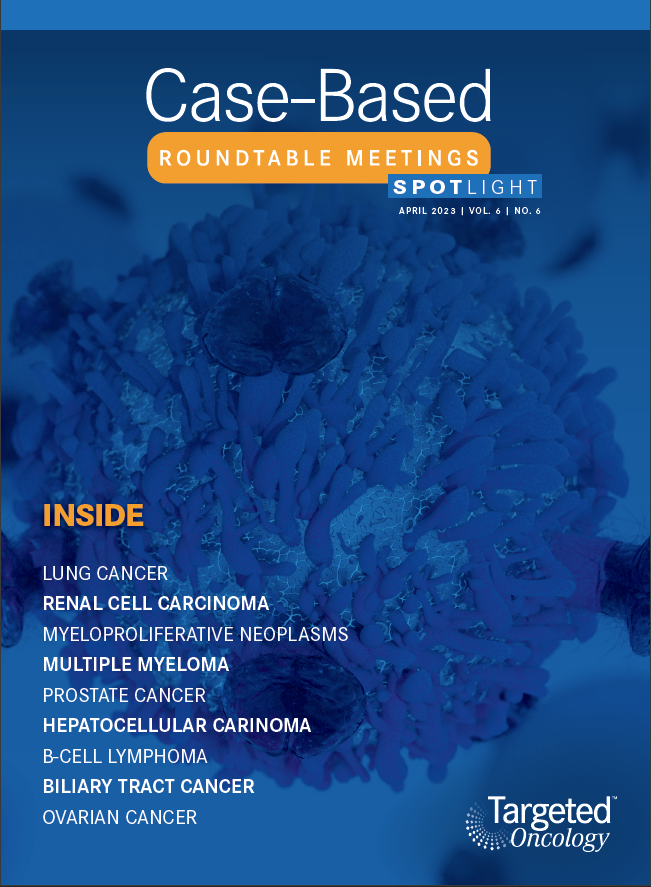
Survivorship Care Promotes Evidence-Based Approaches for Quality of Life and Beyond
March 21st 2025Frank J. Penedo, PhD, explains the challenges of survivorship care for patients with cancer and how he implements programs to support patients’ emotional, physical, and practical needs.
Read More



